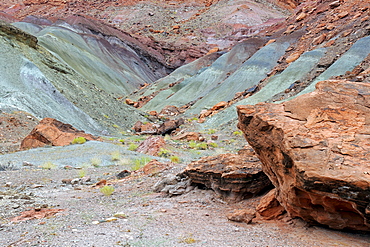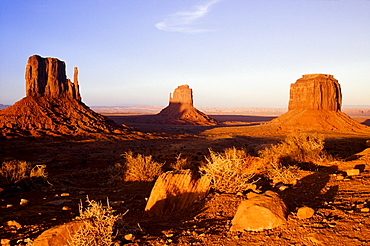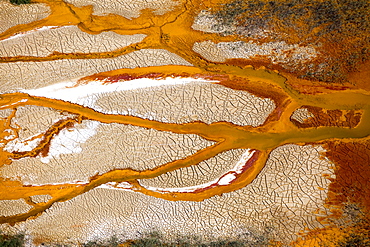Results
1 results found
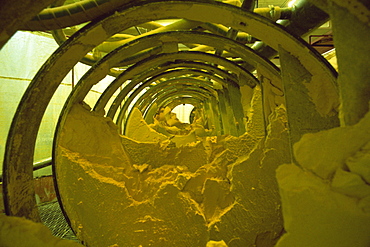
Yellow cake, powdery uranium oxide in Burwell filter press, Uranium City, Saskatchewan, Canada, North America
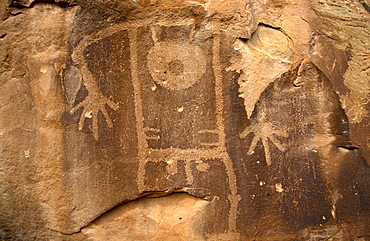
Petroglyph of male figure carved 1000 years ago by Fremont Native American people in the iron oxide 'desert varnish' on the sandstone of Cub Creek Valley in this fossil park, Dinosaur National Monument, Utah, United States of America (USA), North America
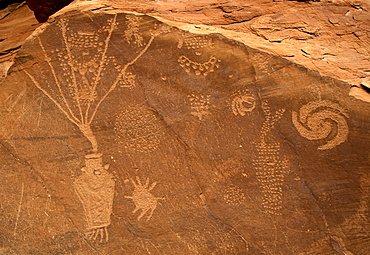
Petroglyphs carved 1000 years ago by Fremont Native American people in the iron oxide 'desert varnish' on the sandstone of Cub Creek Valley in this fossil park, Dinosaur National Monument, Utah, United States of America (USA), North America
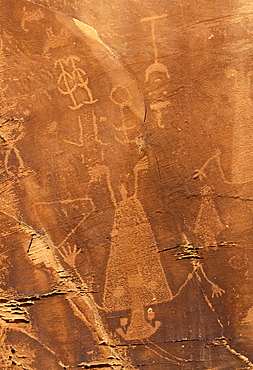
Petroglyphs carved 1000 years ago by Fremont Native American people in the iron oxide 'desert varnish' on the sandstone of Cub Creek Valley in this fossil park, Dinosaur National Monument, Utah, United States of America (USA), North America
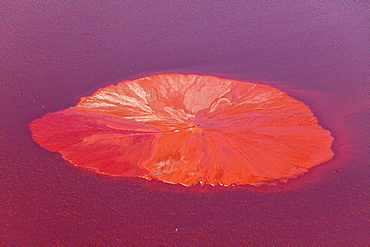
Aerial view of red mud waste product in a holding pond from an aluminium production site near Stade, Lower Saxony, Germany

Aerial view of AOS bauxite loading wharf for aluminium production, site near Stade, Lower Saxony, Germany

Aerial view of AOS bauxite loading wharf for aluminium production, site near Stade, Lower Saxony, Germany

Plutonium button Plutonium metal button at Rocky Flats, CO. It consists on 98 percent plutonium and the rest other metals. Terri Coleman is the process specialist who is holding the button and using a brush to clean off oxide.
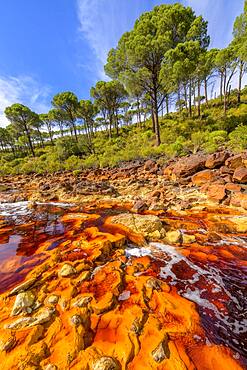
R?o Tinto, Andalucia, Spain *** Local Caption *** R?o Tinto ("Red River") is very acidic (Ph 2) and has a deep reddish hue due to iron dissolved in water. The acidity of the watercourse is linked to the drainage of pyrite, which is very present in the subsoil. Extremophilic and endemic bacteria and algae colonize the river bed, forming a fragile biofilm that evokes the hot springs of Yellowstone Park in the USA.
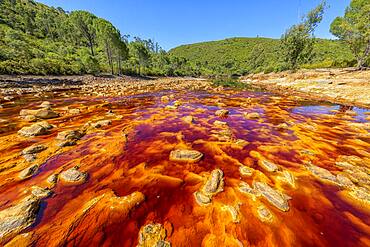
R?o Tinto, Andalucia, Spain *** Local Caption *** R?o Tinto ("Red River") is very acidic (Ph 2) and has a deep reddish hue due to iron dissolved in water. The acidity of the watercourse is linked to the drainage of pyrite, which is very present in the subsoil. Extremophilic and endemic bacteria and algae colonize the river bed, forming a fragile biofilm that evokes the hot springs of Yellowstone Park in the USA.


